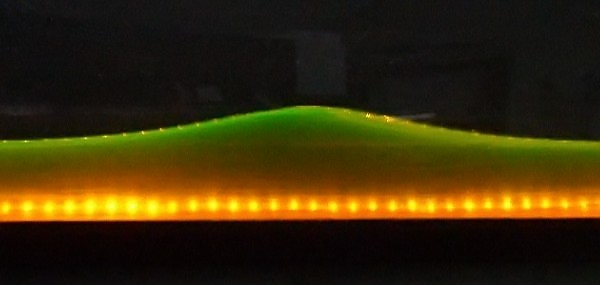Trillions of galaxies found", eh, Harry. Quite a dense cloud (dense clouding up in the fields of scope). Quite a dense primordial cloudy soup clouding to infinity going away on the distant non-local 'Horizon', being the distant non-local quantum / cosmological 'cloud' 'Horizon' (my 'el ponderosa'), isn't it? But since it is "spooky action at a distance" as well, us being in that densely soupy storm cloud 'Horizon' (also looking like a bramble bush or 'Menger Sponge' like the pictures coming so recently from the center of our own Milky Way), too, the very definition of a vortex -- countless vortices, and stringy funneling tunnels, going and coming mingling evermore thickly, and thinly, in the wrap-around -- quantum (and cosmological (the same thing)) tangled, tangling, entanglements. A lot of cellular structure (a lot of cell division as well as entanglement going on), a lot of universes . . . in the flat . . . and in the vertical. And in the fraction, and the fractal?!Many scientists believe that the Big Bang Theory is strong enough to make assumptions.
In so doing they assume a start to the universe parts.
When they look into Deep Field and see galaxies 13.4 billion Lt yrs away they assume they are the early Universe.
Regardless of Trillions of galaxies found.
Regardless of of Galaxies been ten times larger that the Milky Way.
Think of the logic.
Last edited:



